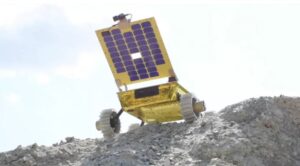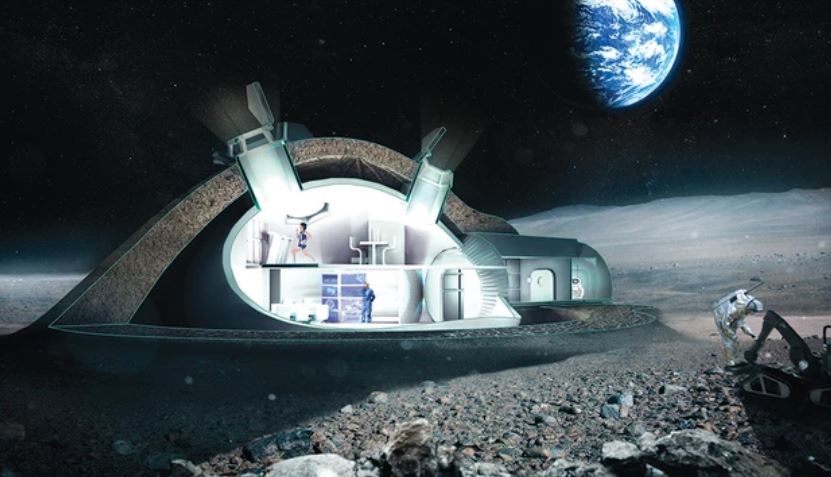The European Space Agency (ESA) has issued a call for ideas for creating a network of lunar telecommunications and navigation satellites. The Moonlight initiative would allow dozens of planned lunar missions to share the same infrastructure to communicate with Earth and find their way to the lunar surface, according to an ESA press release republished in GPS World.
Two consortia of companies have completed their concept reviews, which set out their business and technical analysis of a lunar network. The next step will defining a detailed system architecture and identifying the most suitable partnership models between private space companies and ESA.
One consortium headed by Telespazio includes private manufacturing and engineering companies, universities and research centers and startups.
A second consortium headed by Surry Satellite Technology Limited includes satellite manufacturer Airbus, a satellite network providers, a satellite navigation cmopanies, and the goonhilly Earth Station, a UK-based radio communication station..


 California-based Venturi Astrolab has built a working prototype, tested in the American desert, of a rover, called FLEX, that is capable of transporting astronauts and cargo in support of lunar activities and experiments.
California-based Venturi Astrolab has built a working prototype, tested in the American desert, of a rover, called FLEX, that is capable of transporting astronauts and cargo in support of lunar activities and experiments.

 The European Space Agency’s Solar Orbiter has captured an image of a massive solar eruption that belched hot plasma 2.2 million miles into space. Fortunately, the eruption, which took place February 15, is heading away from the Earth, reports
The European Space Agency’s Solar Orbiter has captured an image of a massive solar eruption that belched hot plasma 2.2 million miles into space. Fortunately, the eruption, which took place February 15, is heading away from the Earth, reports 


